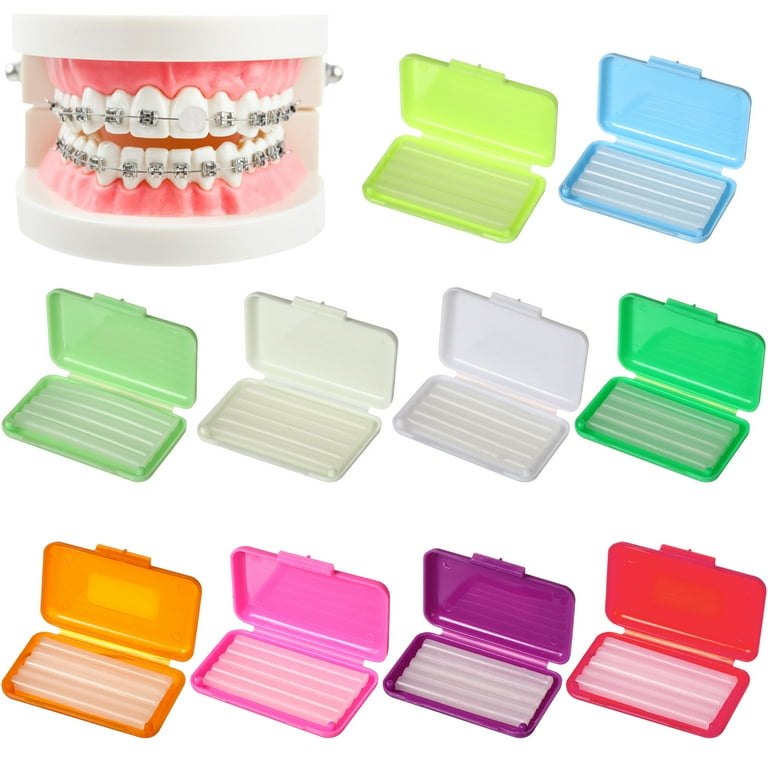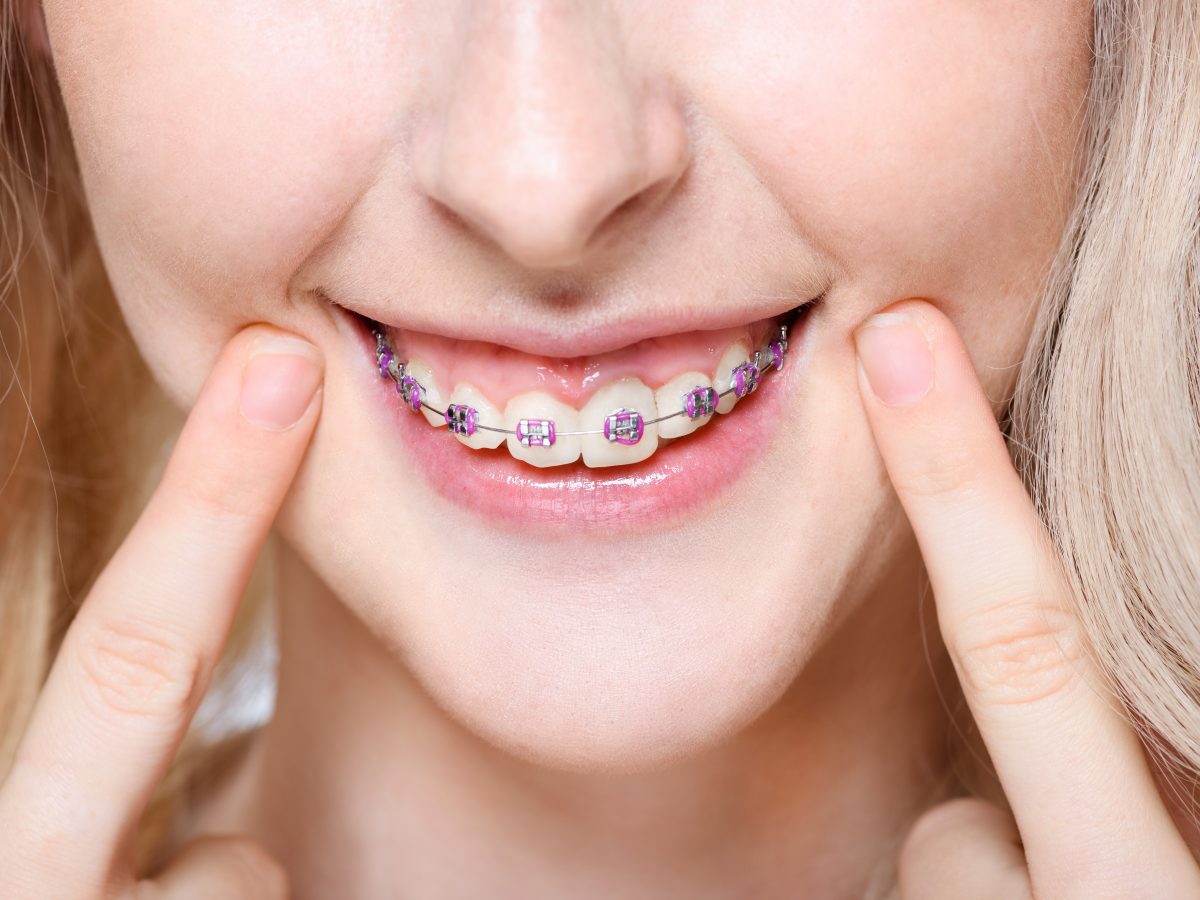Discovering the Right Cumming Orthodontist for Your Braces and Aligners Requirements
Discovering the Right Cumming Orthodontist for Your Braces and Aligners Requirements
Blog Article
Comprehensive Guide to Orthodontics Procedures for Correcting Oral Imbalances
Recognizing the ins and outs of each treatment, including their mechanisms, advantages, and prospective disadvantages, is critical in making notified decisions regarding one's orthodontic therapy. As we navigate with the extensive overview to orthodontic treatments for fixing dental misalignments, the detailed information of each method will certainly unravel, losing light on the path towards a unified and functional oral alignment.
Orthodontic Procedures Review

Normal changes and surveillance are vital components of orthodontic treatment to guarantee development is on track and to make any needed alterations along the method. By undergoing orthodontic procedures, individuals can not only attain a straighter grin but additionally boost their total dental wellness and function.
Standard Braces: Just How They Work
When thinking about orthodontic treatments for oral imbalances, conventional dental braces stand out as a reliable approach for correcting teeth positioning. Conventional braces include brackets, cables, and bands that function with each other to apply continual stress on the teeth, progressively relocating them into the wanted positioning. The brackets are connected to the teeth making use of an unique adhesive, and the wires are threaded with the braces. By readjusting the stress of the wires, orthodontists can regulate the direction and pressure applied to each tooth, leading them into correct alignment with time.
One key facet of just how traditional dental braces work is the procedure of bone remodeling. As stress is used to the teeth with the braces, the bone bordering the teeth is reshaped to sustain the new tooth settings. This renovation is essential for the long-term security of the corrected alignment. Patients will certainly need routine changes at the orthodontist's workplace to guarantee the braces remain to use the appropriate pressure for reliable teeth movement.
Unseen Aligners: Advantages And Disadvantages
These clear, custom-made trays are virtually invisible when used, making them an attractive alternative for individuals looking for a much more aesthetically pleasing orthodontic treatment. Patients can remove the aligners prior to consuming or cleaning their teeth, lowering the risk of food obtaining stuck in the home appliance and streamlining the cleaning process.

Surgical Orthodontic Options
Surgical interventions in orthodontics present feasible alternatives for attending to complicated dental misalignments that might not be successfully fixed via standard orthodontic treatments. While invisible aligners and standard braces can remedy many orthodontic concerns, certain cases call for medical treatment to accomplish ideal outcomes. Surgical orthodontic choices are typically advised for serious malocclusions, considerable jaw inconsistencies, and instances where the underlying bone framework requires modification to achieve proper alignment.
One typical medical orthodontic treatment is orthognathic surgery, which includes rearranging the jaws to correct practical problems such as difficulty speaking or eating. This surgery is often performed in cooperation with an orthodontist who aids line up the teeth prior to and after the procedure. Surgical orthodontics might likewise include treatments to reveal affected teeth, eliminate excess periodontal tissue, or reshape the jawbone to produce a much more harmonious face profile.
Prior to taking into consideration medical orthodontic options, patients undergo a veneers cost thorough assessment to identify the requirement and prospective advantages of such treatments. aligners. While surgical treatment may appear complicated, it can significantly improve both the function and looks of the smile in cases where conventional orthodontic therapies fail
Retainers and Post-Treatment Treatment

Failing to conform with post-treatment care directions can result in regression, where the teeth progressively move back in the direction of their initial placements. Consistent retainer wear, good dental health, and regular dental check-ups are important for keeping the outcomes achieved with orthodontic surgical treatment and guaranteeing the lasting security of the corrected dental placement.
Final Thought
To conclude, orthodontic treatments supply numerous alternatives for correcting dental imbalances. Typical dental braces utilize steel braces and cables to move teeth into correct placement. Invisible aligners supply an even more very discreet alternative but might not appropriate for all cases. Surgical orthodontic choices are readily available for a lot more extreme imbalances. Retainers are frequently utilized post-treatment to preserve the brand-new positioning. On the whole, orthodontic treatments can efficiently here boost dental wellness and aesthetic appearance.
As we browse with the extensive guide to orthodontic procedures for dealing with oral imbalances, the complex details of each approach will unravel, losing light on the course toward a useful and unified dental placement. - cumming aligners
One of the most usual orthodontic treatments is the use of braces, which are composed of metal brackets and wires that use gentle pressure to progressively move teeth right into the desired setting.When considering orthodontic therapies for oral imbalances, typical braces stand out as a time-tested technique for remedying teeth positioning. Furthermore, invisible aligners might not be appropriate for intricate orthodontic issues that require even more significant teeth motion, as they are generally advised for light to modest cases. Retainers are custom-made orthodontic devices developed to hold teeth in their remedied placements after the conclusion of orthodontic therapy.
Report this page